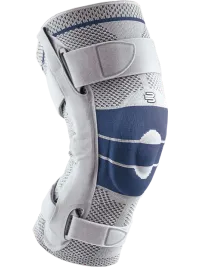
Foot & Ankle
Common Foot & Ankle Conditions
At OrthoSouth®, our foot and ankle specialists are dedicated to providing patient-centered care, focusing on the diagnosis and treatment of injuries, diseases, and other conditions affecting the foot and ankle for patients across Memphis and the Mid-South. Our team of foot and ankle surgeons have completed five years of orthopedic surgical residency training, along with additional fellowship training, ensuring expertise and empathy in every interaction. With state-of-the-art imaging capabilities, our specialists are equipped to offer comprehensive care for all aspects of foot and ankle health.
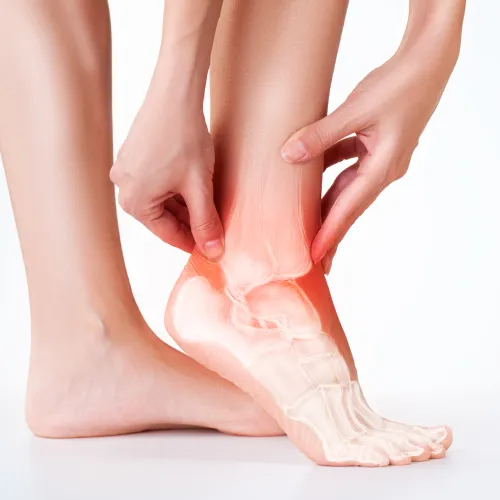
Ankle Conditions
Ankle Conditions
Injuries to the talus, tibia or fibula and soft tissue surrounding these bones.
Ankle Conditions
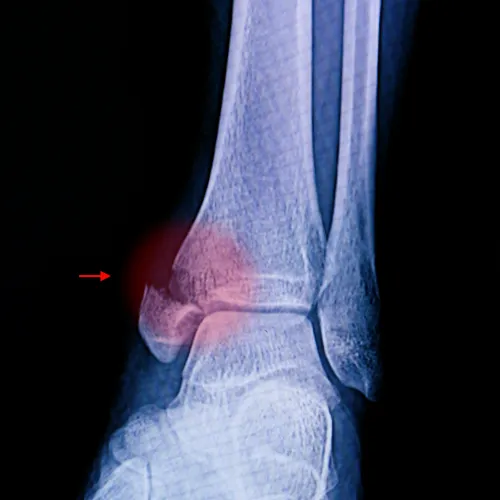
Fractures
Fractures
Fractures of the tibia, fibula and other foot bones.
Fractures

Hindfoot Conditions
Hindfoot Conditions
Pains that occur in the rear 1/3 of the foot and heel.
Hindfoot Conditions
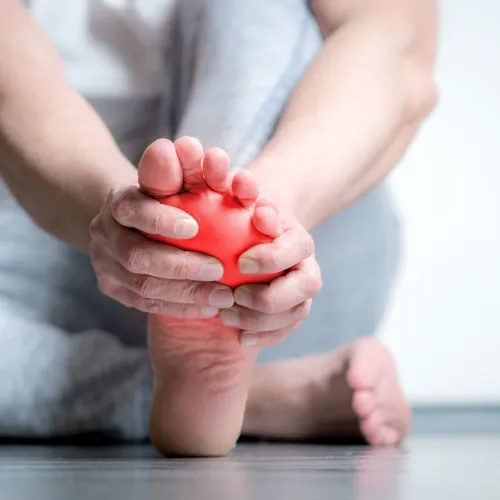
Midfoot Conditions
Midfoot Conditions
Pains that occur in the middle of the foot to the base of the toes.
Midfoot Conditions
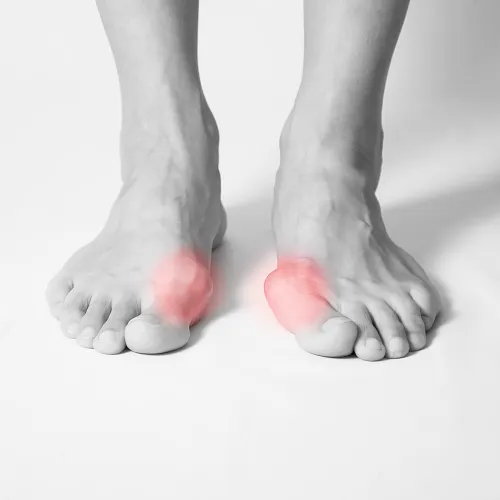
Forefoot Conditions
Forefoot Conditions
Pains in the top of the foot to the tips of the toes.
Forefoot Conditions
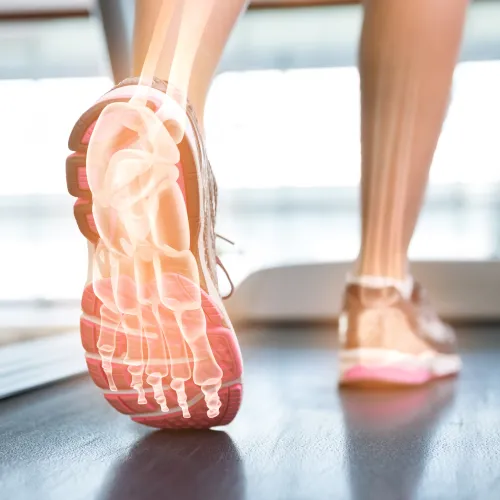
Systemic Issues Affecting the Foot
Systemic Issues Affecting the Foot
Pains in the foot caused by other conditions such as diabetes, gout and rheumatoid arthritis.
System Conditions
These OrthoSouth Doctors Are Here to Help Get You Back on Your Feet
To see our full list of board-certified orthopedic specialists, view our provider page.
